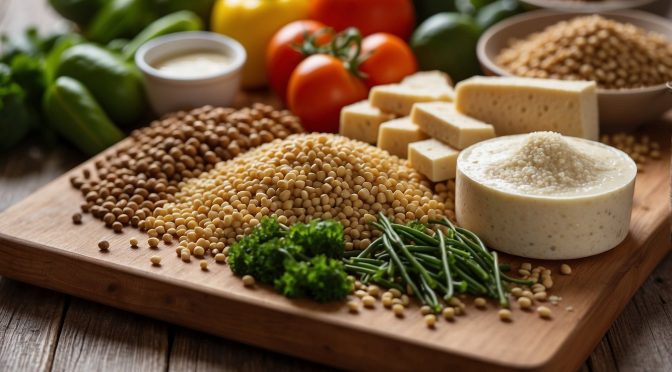As you explore the realm of plant-based protein, you’ll find yourself entering a diverse world of nutritious options. Vegans and vegetarians rely on these proteins derived from plants as a cornerstone of their diets. Plant-based proteins come from sources like beans, lentils, nuts, and seeds. They also come from certain grains, such as quinoa and amaranth. This is unlike animal proteins. Eating these supports your health goals. It also helps the food system be more sustainable.
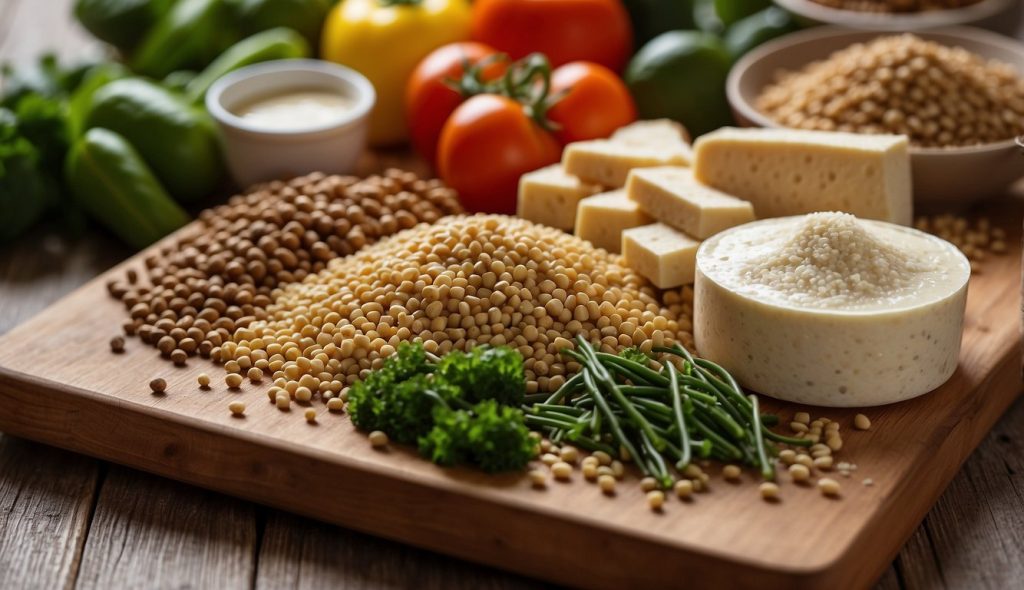
Understanding plant-based proteins is crucial. This is especially true if you’re considering a shift to a plant-based diet. These proteins can provide all the essential amino acids your body needs when properly combined. Consuming such a diet offers numerous health benefits, including reducing the risk of chronic diseases. Also, for those who avoid animal products, plant-based proteins keep you get enough protein. This is vital for muscle repair, immune function, and well-being.
Transitioning to a plant-based protein diet can seem hard. But, with many options available, it’s easier than you think. Soy products, like tofu and tempeh, and legumes, like peas and chickpeas, are high in grams of protein. They are also rich in other nutrients. The same is true for a variety of nuts and seeds. Each plant-based protein has its own benefits. You can prepare them in many ways. This makes your meals both enjoyable and healthy.
Definition Of Plant-Based Protein
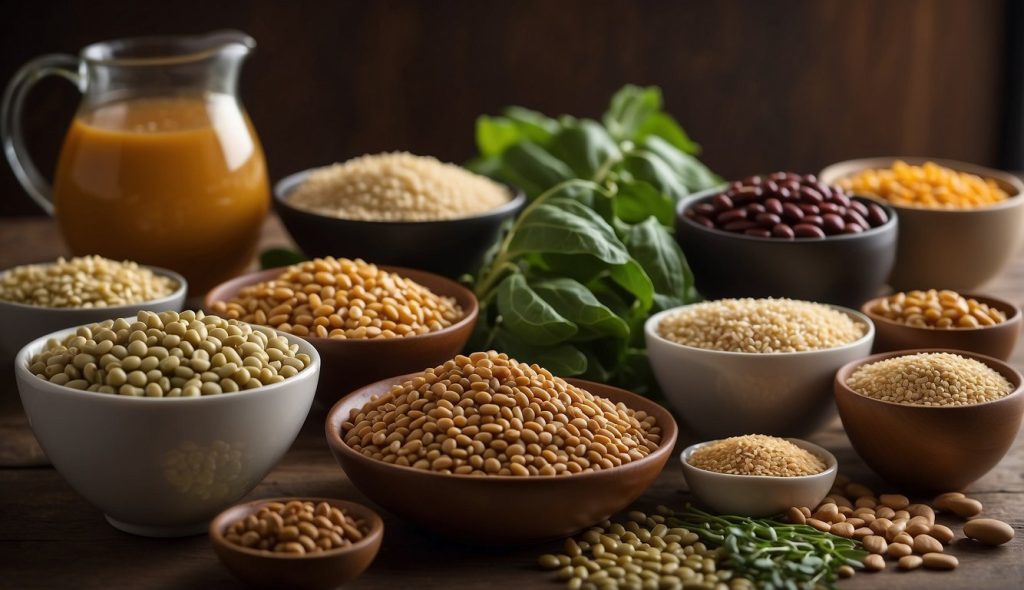
Plant-based proteins are key nutrients found in many plants. They are crucial to your health. You can get enough protein by eating a varied diet.
Importance Of Incorporating Plant-Based Proteins In The Diet
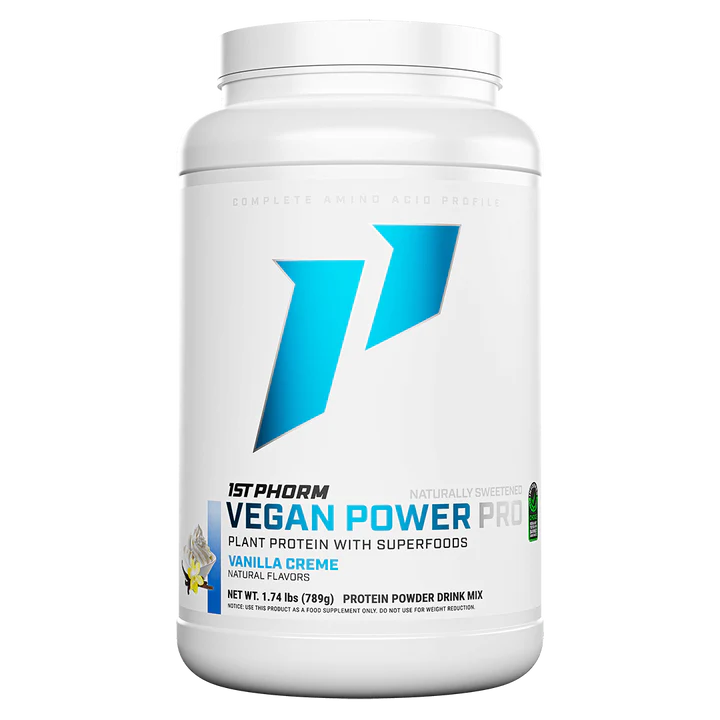
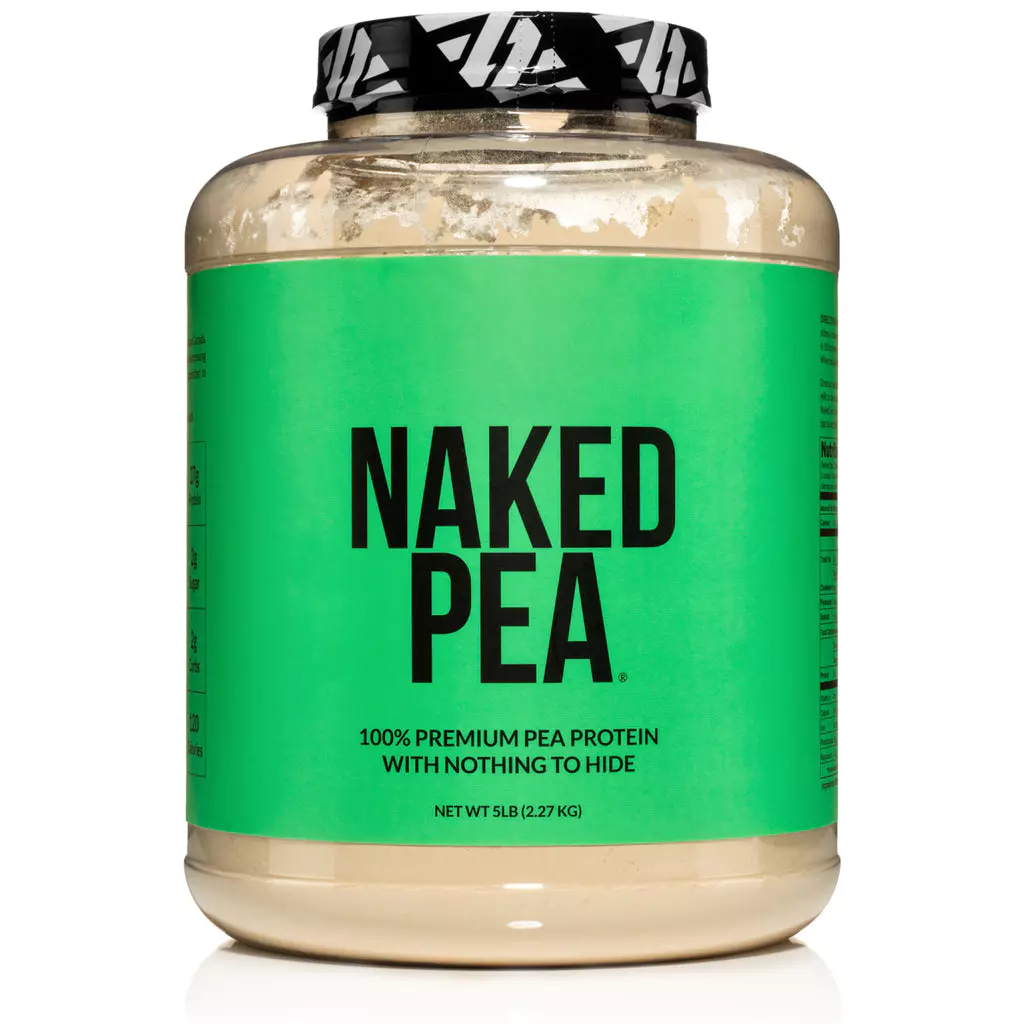
Your body requires protein to perform a wide array of functions, including cell repair and muscle growth. Eating plant-based proteins meets your protein needs. It also has health benefits. Plant proteins differ from animal proteins. They often have less saturated fat and no cholesterol. They also have many other nutrients good for your health, like fiber, vitamins, and minerals.
When you eat plant-based proteins, you meet your body’s protein needs. Foods like legumes, nuts, seeds, and whole grains meet these needs. Table 1 shows common plant-based protein sources. It includes their protein content per serving. This will help you make informed diet choices.
Table 1: Protein Content in Common Plant-Based Sources
| Food Item | Serving Size | Protein (grams) |
|---|---|---|
| Lentils | 1 cup, cooked | 18 |
| Chickpeas | 1 cup, cooked | 15 |
| Almonds | 1/4 cup | 7 |
| Tofu | 1/2 cup, firm | 10 |
| Quinoa | 1 cup, cooked | 8 |
| Chia Seeds | 2 tablespoons | 4 |
Eating a variety of these foods ensures a well-rounded intake of protein and other important nutrients. However, it’s essential to know that plant-based proteins may have lower levels of some amino acids. Amino acids are the building blocks of proteins. So, vary your plant-based proteins. This way, you will cover all the essential amino acids you need for health.
Essential Amino Acids
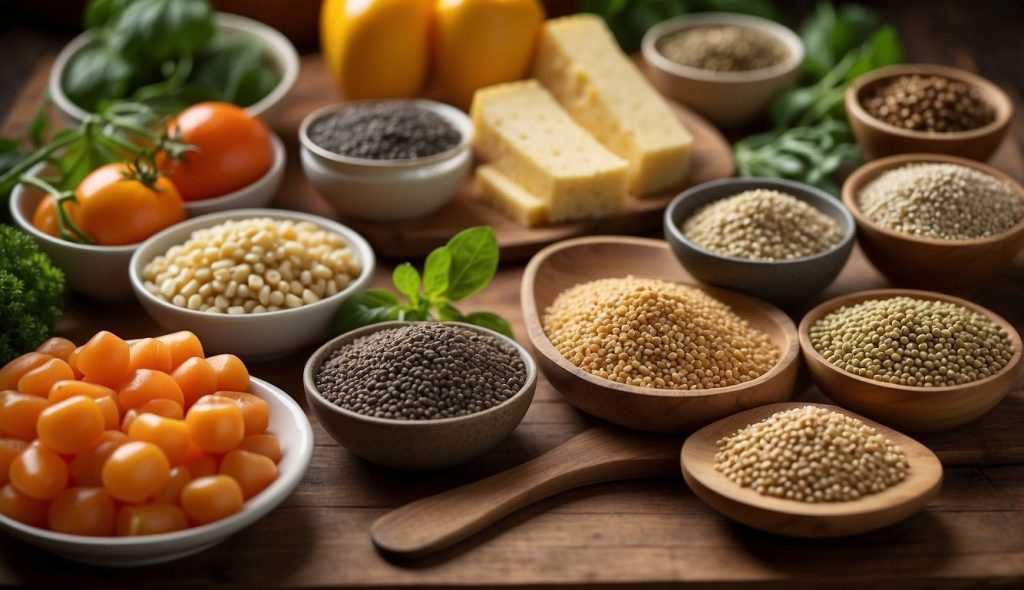
Your body needs amino acids to work well. It especially needs certain ones called essential amino acids. You need to get them from your diet.
Explanation Of Essential Amino Acids
Your body must eat essential amino acids. It cannot make them. They are the building blocks of proteins. There are nine key amino acids. They are: histidine, isoleucine, leucine, lysine, methionine, phenylalanine, threonine, tryptophan, and valine. Complete proteins contain all nine and are commonly found in animal products. If you eat a plant-based diet, you need to combine different plant foods. This is to get all essential amino acids. Many plant sources are often low in one or more of them, especially lysine.
How To Ensure Adequate Intake On A Plant-Based Diet
To ensure you’re getting all essential amino acids on a vegetarian or vegan diet, focus on variety. Eating a mix of legumes, whole grains, nuts, seeds, and vegetables can do this. It balances your intake of the essential amino acids. For example, legumes like lentils, chickpeas, and kidney beans contain ample amounts of lysine. Consider the following excellent sources high in essential amino acids to incorporate into your meals:
- Legumes: Lentils, chickpeas, black beans (particularly high in lysine)
- Whole grains: Quinoa, rice, oatmeal
- Nuts & Seeds: Pumpkin seeds, chia seeds, almonds
- Vegetables: Potatoes, mushrooms, leafy greens
Combining different types of these foods can help you create a complete protein profile. For instance, rice and beans eaten together provide all essential amino acids. Pay close attention to lysine, as it’s one of the most challenging amino acids to obtain adequately from a plant-based diet. You can find it in higher concentrations in legumes and quinoa. It’s not necessary to combine foods at each meal; eating a variety throughout the day can help meet your amino acid needs.
Complete Protein
When considering plant-based diets, you may wonder how to get enough protein. You need protein from sources that offer all essential amino acids. This section will explain what makes a complete protein. It will also dispel common myths about plant proteins.
Definition Of Complete Protein
Complete proteins contain all nine essential amino acids that your body cannot synthesize and must obtain from your diet. These amino acids are vital for various bodily functions, including cell repair and muscle growth. Traditionally, animal products are complete proteins. But, several plant-based options also meet this criterion. Quinoa and soy products, such as tofu and edamame, are two prime examples of plant foods that provide a complete amino acid profile. Hemp seeds are another nutritious option that not only supplies complete protein but is also rich in healthy fats and minerals.
Myth Debunking: You Can Get All Essential Amino Acids From Plant-Based Sources
A prevalent myth says plant-based diets lack complete proteins. It says you need complex food combinations at every meal to get all the essential amino acids. However, this is a misconception. Soy, quinoa, and hemp seeds are all complete proteins found in the plant kingdom. Also, recent studies show that eating a mix of plant proteins throughout your day can give you a full amino acid profile. Each plant food is incomplete on its own. Spirulina is a notable mention. It’s a nutrient powerhouse with about 4 grams of protein per tablespoon. It has a complete set of amino acids when paired with nuts or grains.
| Plant-Based Complete Proteins | Protein (per serving) | Note |
|---|---|---|
| Soy Products (Tofu, Edamame) | 8 grams (85 grams) | Derived from whole soybeans. |
| Quinoa | 8 grams (1 cup cooked) | A seed that cooks like a grain. |
| Hemp Seeds | 10 grams (2 tbsp) | Also rich in omega-fats. |
| Spirulina (plus grains/nuts) | 4 grams (1 tbsp) | Microalgae, also a vitamin source. |
Remember, you don’t have to get all essential amino acids from every meal. Diverse, plant-based eating patterns can fulfill your protein needs efficiently.
Plant-Based Sources Of Protein
Your journey towards a diverse, plant-based diet can be rich in protein when you include a variety of foods like beans, nuts, and whole grains. Knowing which foods to add to your meals is crucial. It keeps your intake of this key nutrient balanced.
List Of High Plant-Based Protein Foods
Nuts and Seeds:
- Almonds: 16.5 grams of protein per 1/2 cup.
- Peanuts: Offer a substantial 3.6 grams of protein per tablespoon.
- Pumpkin seeds: A nutritional powerhouse with protein and essential minerals.
Legumes:
- Chickpeas: 7.5 grams of protein per 1/2 cup.
- Black beans and kidney beans: Ideal for a wide variety of dishes, providing a hearty protein source.
- Lentils: Not only protein-rich but also a good source of fiber and iron.
Soy Products:
- Tofu and Tempeh: 16 grams of protein per 1/2 cup of tempeh; a 3-ounce serving of tofu provides 8g.
- Edamame: These young soybeans are a complete protein and great as a snack or in dishes.
- Soy milk is versatile. You can use it in smoothies or with cereal. It offers protein and fortification with other nutrients.
Grains:
- Quinoa: A nutritious seed that cooks like a grain and is complete in all essential amino acids.
- Whole grains: Found in bread, cereals, and rice, these can help you meet your protein needs as part of a well-rounded diet.
Vegetables:
- Broccoli: Contains protein and an array of vitamins and minerals.
- Spinach and kale: Leafy greens with a smaller protein content but valuable for overall nutritional content.
Plant-Based Protein Powders and Supplements:
- Spirulina: This blue-green algae is a potent source of protein and nutrients.
- Nutritional yeast: It not only brings a cheesy flavor to vegan meals but also adds a significant protein boost.
Nutritional Benefits Beyond Protein
Plant-based proteins offer you more than just protein. These foods pack a variety of essential nutrients that can support your overall health in numerous ways.
Fiber And Digestive Health
Fiber is abundant in plant-based proteins like beans and legumes. It significantly benefits your gut health. This nutrient is important. It regulates blood sugar and manages hunger. It also ensures regular bowel movements and supports a healthy gut microbiome.
- Sources of Fiber: Legumes, whole grains, nuts, seeds
- Health Benefits:
- Stabilizes blood glucose levels
- Aids in achieving a feeling of fullness, which can help with weight management
- Promotes healthy bacteria in the gut, improving digestion
Vitamins And Minerals Essentials
When you eat plant-based proteins, you also get a range of vital vitamins and minerals. They are crucial for your body’s function. For instance, iron carries oxygen through your blood. Magnesium is in over 300 enzymatic reactions in your body.
- Important Nutrients:
- B Vitamins: Crucial for energy metabolism.
- Iron: Essential for oxygen transportation.
- Calcium: Vital for bone health.
- Potassium: Invaluable for muscle and nerve function.
- Magnesium: Supports muscle and nerve function, and energy production.
- Zinc: Aids in immune system health.
Healthy Fats And Heart Health
Including plant-based proteins in your diet often means you’re also ingesting healthy fats. Omega-3 fatty acids, for example, are a type of heart-healthy fat present in many plant-based sources like flaxseeds and walnuts.
- Benefits of Healthy Fats:
- Omega-3 fatty acids: Can improve cholesterol levels, which supports heart health.
- Reduction in Saturated Fats: Linked to lower cholesterol levels, reducing the risk of heart disease.
Comparing Plant-Based Proteins To Animal Proteins
In considering your protein choices, you may weigh the health benefits and environmental impacts. Each type of protein carries distinct nutritional profiles and implications for sustainability.
Nutrient Profiles And Health Impacts
Animal Protein: Your body usually absorbs animal protein better than plant protein. So, you get more amino acids. Animal proteins are complete. They contain all nine essential amino acids your body needs. However, eating lots of some animal products, like red and processed meats, can raise the risk of heart disease and type 2 diabetes. This is partly because of the saturated fat and cholesterol content in animal products. Dairy products, generally rich in protein, can also contribute to these health concerns if consumed in large amounts.
Plant-based Proteins: Unlike most animal proteins, not all plant-based proteins are complete. Soybeans and pea protein are exceptions as they are complete sources of protein.. They can serve as complete protein sources. Eating diets high in plant-based proteins can protect against type 2 diabetes. They also lower cholesterol, which benefits heart health. Plant proteins may help with weight loss and maintaining a healthy weight. They have advantages due to their lower calorie densities and higher fiber. To match the amino acid intake from animal proteins, you may need to increase your consumption of plant proteins by around 20-50%.
Environmental Considerations
Animal Products: Eating meat is a big cause of environmental issues. It uses lots of resources like water and land. It also creates more greenhouse gases. Beef production uses lots of resources. It has a large carbon footprint compared to other animal proteins.
Plant-based Proteins: Cultivating plant-based proteins typically requires considerably fewer resources, such as water and land. Plant proteins also have a lower environmental impact. They produce fewer greenhouse gas emissions. So, they are a more sustainable option. Growing crops for plant protein often leads to less soil erosion. The soil is also healthier than the land used for animal grazing and feed production.
Challenges In A Plant-Based Diet
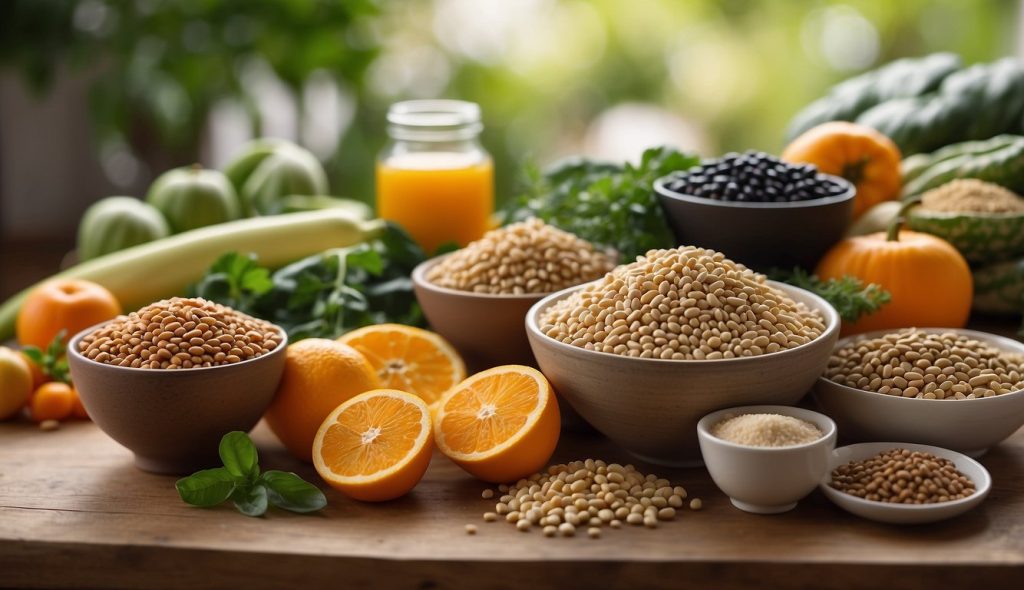
Adopting a plant-based diet can offer many health benefits. But, it also needs careful planning to overcome certain nutrition challenges. These include meeting your grams of protein needs and avoiding nutrient deficiencies.
Meeting Protein Needs
You can meet your protein needs with plant-based sources. But, this usually requires eating a variety of foods. This ensures a complete amino acid profile. Common plant-based protein sources include:
- Legumes (lentils, beans, chickpeas)
- Whole grains (quinoa, brown rice)
- Nuts and seeds (almonds, sunflower seeds)
- Plant-based meat alternatives
Consider tracking your protein intake. This will ensure you meet your body’s needs. These needs can vary by factors like age, sex, and activity.
Avoiding Nutrient Deficiencies
If you exclude animal products from your diet, you may be at risk of some nutrient deficiencies. Essential nutrients to monitor include:
- Vitamin B12: Vital for nerve function and blood formation. Plants do not naturally contain it, but you can obtain it from fortified foods or supplements.
- Calcium: Crucial for bone health. Plant sources include fortified plant milks, tofu, and leafy greens.
- Iron: Necessary for transport of oxygen in the blood. Iron from plants is less easily absorbed. Eat it with vitamin C-rich foods to take in more.
- Zinc: Important for immune function. Found in whole grains, legumes, nuts, and seeds.
- Omega-3 Fatty Acids: Essential fats for brain function. Flaxseeds, chia seeds, and hemp seeds are plant sources of ALA, a type of omega-3. But, ALA conversion to EPA and DHA is inefficient in humans. So, you might need direct sources or supplements.
Plant-Based Diet And Lifestyle
Eating a plant-based diet changes what you eat. It also changes how you approach nutrition and meal prep. Your focus on whole, plant-based foods can lead to a nutrient-dense diet while reducing intake of processed foods, sugar, and sodium.
Transitioning To Plant-Based Eating
Taking the First Steps: Begin by gradually incorporating more plant foods into your diet and reducing animal products. Start with familiar foods and then expand your palate.
- Understand Nutrient Sources: Ensure you’re getting enough protein, iron, calcium, and B12. These are abundant in foods like legumes, leafy greens, fortified plant milks, and nutritional yeast.
- Balance is Key: Aim for a varied intake of fruits, vegetables, whole grains, nuts, and seeds to maintain a well-rounded nutrient profile.
- Limit Processed Options: While convenient, processed foods often contain high levels of sugar and sodium. Opt for whole foods as frequently as possible.
Reading Labels: Learn to decipher nutrition labels to avoid hidden animal products, excess sugars, and sodium.
- Look for items with short ingredient lists.
- Identify whole food ingredients you recognize.
- Be wary of “vegan” labels that don’t always mean healthy.
Culinary Tips And Tricks
Mastering Food Preparation: Unlock the full potential of plant foods with proper cooking techniques.
- Batch Cooking: Cook in large quantities and store for ease and convenience. Meal Type Example Breakfast Overnight oats Lunch/Dinner Quinoa salad Snack Hummus and veggies
| Meal Type | Example |
|---|---|
| Breakfast | Overnight oats |
| Lunch/Dinner | Quinoa salad |
| Snack | Hummus and veggies |
- Flavor Profiling: Enhance dishes with herbs, spices, and nutritional yeast instead of relying on salt.
Creativity in the Kitchen: Embrace creativity with your meals to keep the plant-based lifestyle exciting.
- Try global cuisines. They are naturally plant-centered. For example, the Mediterranean or South Indian.
- Use plant-based alternatives for traditional dishes. For example, use lentils for ground meat in tacos. Or, use chickpea flour in omelets.
Plant-Based Protein: Frequently Asked Questions
Q: What is the best source of plant-based protein?
A: The best source of plant-based protein is a mix of different foods to make sure you get all the protein “pieces” your body needs. Foods like beans, lentils, chickpeas, tofu, tempeh, and edamame are all awesome choices. Each one is packed with protein and other good stuff for your body. Eating a variety of these will help you build strong muscles and keep you feeling great!
Q: What plant has highest protein?
A: Spirulina, a type of blue-green algae, is a tiny plant with a big protein punch. It’s got the highest protein content, with about 60% protein by weight. But since it’s not something you’d eat in big amounts, among more common foods, soybeans are at the top. Foods like tofu, tempeh, and edamame come from soybeans and are all high in protein, making them great for your muscles!
Q: Is plant-based protein actually healthy?
A: Yes, plant-based protein is definitely healthy! It’s packed with fiber, vitamins, and minerals that are great for your body. Plus, it usually has less fat and fewer calories than animal protein. Eating plant-based protein can help you maintain a healthy weight, keep your heart happy, and even lower the risk of some diseases. Just remember to eat a variety of plant proteins to get all the nutrients you need.
Q: What fruit is high in protein?
A: Fruits generally aren’t known for being high in protein, but there are some that have a bit more than others. Guava is a fruit that’s higher in protein, with about 4.2 grams per cup. Other fruits like blackberries, bananas, and oranges have a little protein, too. They won’t meet all your protein needs. But, they’re still good for you. They can be part of a healthy, protein-rich diet when paired with other proteins.
Q: How can I get 100 grams of plant protein a day?
A: To get 100 grams of plant protein a day, spread your intake across all your meals and snacks. Include a variety of protein-rich foods like lentils, chickpeas, black beans, tofu, tempeh, and quinoa. For breakfast, you might have a tofu scramble. Then, roasted chickpeas for a mid-morning snack. A lentil salad for lunch, and almonds or peanuts for an afternoon snack. Finally, a veggie stir-fry with tempeh for dinner. Don’t forget to add in protein-rich veggies like spinach and broccoli. By mixing these foods throughout the day, you can reach your protein goal!

